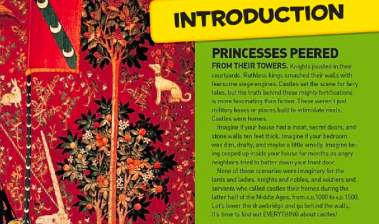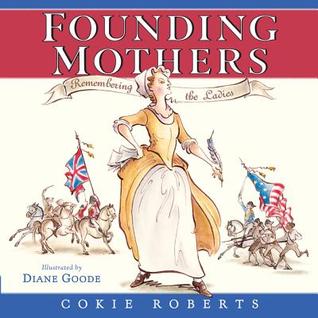 |
| Check out what others are celebrating this week at www.ruthayreswrites.com |
Today, we are both attending #MRA14 with friends and colleagues. For this week's celebration, we will be sharing things all day worth celebrating. Our post will grow as the day goes on!
Our #MRA14 Celebration began with our drive from Dublin to Grand Rapids last night. We talked teaching, and life and books. One book that we all want to read soon is Boys of Blur
The morning keynote was R.J. Palacio and we had front row seats!!
We are also celebrating the navigational gifts of Katie. She has pointed us in the right direction time after time this weekend. She was the only one who knew, when we stepped out of the auditorium after hearing RJ Palacio, that we would be at registration. She knew; the rest of us were blinded by the sudden sunshine AND her brilliant navigating! (edited to add: We have invented a new hashtag in her honor -- #katieknows)
We are TOTALLY celebrating the soup and salad buffet for lunch!!
Karen, Franki and I learned SO MUCH at Kristin Ziemke's session. Here are some snapshots from my notes:
“Take a screen shot and email it to me.”
“Good luck, have fun, happy writing!”
“The learning never stops.”
“Kids need to be device agnostics – this is the WORST technology they’ll use in their lifetime.”
It’s not about the apps, it’s about the thinking: active literacy/learning=reading, writing, drawing, viewing, talking, listening, investigating. The more sensory inputs we give our kids, the better they’ll remember it when they have to use it on their own.
Turning around their school happened because of changing the teacher culture – study groups, and considering every day of every year a laboratory to study what goes well and what needs to be changed.

















